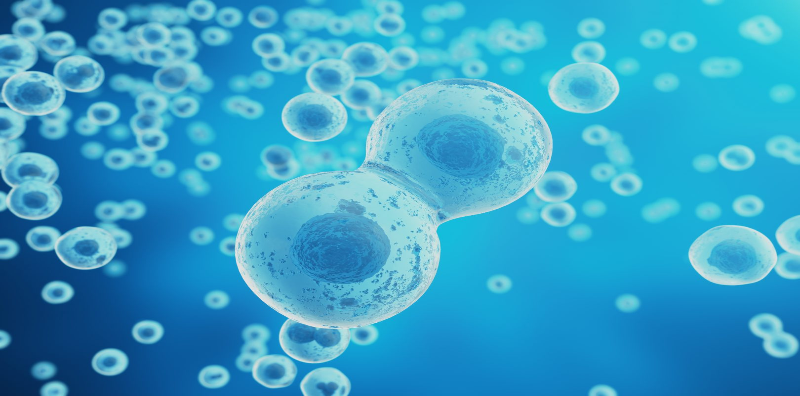
08:11 24th July 2017 | Bioprosthetic Ovaries
Hormone Production Ovaries 3D Printed Scaffold Matured Egg Cells Adult Cancer Treatments
A three-dimensional object is the result of additive processes. Essentially, successive layers of material are laid down (3D-printed) until the object has been completed.
Recently, Northwestern University researchers used 3D-printing to create pieces of bioprosthetic ovaries for mice. The goal was to boost hormone production and restore fertility – and it worked. The ‘design’ or ‘skeleton of a regular ovary was referenced in the creation of the bioprosthetic ovary.
The Significance of this Breakthrough
Women are born with all their eggs which could mean cancer treatments leave them sterile. By restoring fertility and endocrine health with 3D-printed ovaries, there is a chance that this challenge can be overcome. So far, this technology has been used on young, infertile mice and with bioprosthetic ovaries they successfully gave birth. One day, humans could also benefit from this breakthrough treatment.
The Scientists
The new technology is a product of a collaboration between the laboratories of Teresa K. Woodruff – Reproductive Scientist Director of the Women’s Health Research Institute, Northwestern University and Ramille Shah, Ph.D – Assistant Professor and Director of Shah TEAM Lab Northwestern University McCormick School of Engineering.
How it Works
A bioprosthetic ovary is essentially a 3D-printed ‘scaffold’ where immature eggs are housed. These ovaries boost hormone production and are actually able to ovulate. It must be noted that the geometry of the scaffold plays a significant role.
Teresa K. Woodruff explains: “Using bioengineering to create organ structures that function and restore the health of that tissue for that person, is the holy grail of bioengineering for regenerative medicine. Our hope is that this will be the ovary of the future.”
Dr Alexandra Rutz added: “We have constructed these scaffolds out of gelatin and that is just broken-down collagen, and collagen is what gives us structure in our bones, in our skin.” Here, in these scaffolds constructed from gelatin (the ‘ink’), the egg cells can mature and ovulation can occur. Later blood vessels can circulate hormones to eventually trigger lactation.
The bioprosthetic ovary walls (which are durable enough for implantation) are porous, allowing interaction with body tissue which should trigger the production of eggs.
A Simple Overview of the Actual Procedure
Scaffolds replaced a mouse’s expertly removed ovary. Some of the mice were mated. Live births were recorded.
The Project’s Main Goals
The scientists want to help restore the fertility and hormone production in women who have undergone adult cancer treatments or those who survived childhood cancer who might face infertility risks and hormone-based developmental issues.
The Future
The scientists plan to expand the trial to larger animals and design clinical-grade scaffolds, however, they still need to determine how the structure of a bioprosthetic ovary in a human will influence cell behaviour and viability.
Get in touch to discuss your fertility options at Bridge Clinic or book your FertilitySure assessment today. Booking a FertilitySure assessment directly with Bridge Clinic saves you N 20,000.
Email enquiries@thebridgeclinic.com | Call 01 631 0092 / +234 (0)1 631 0092
Search by condition, treatment or keyword and conveniently browse our informative articles
Book an appointment online or search for a clinic close to you.
Book an Appointment